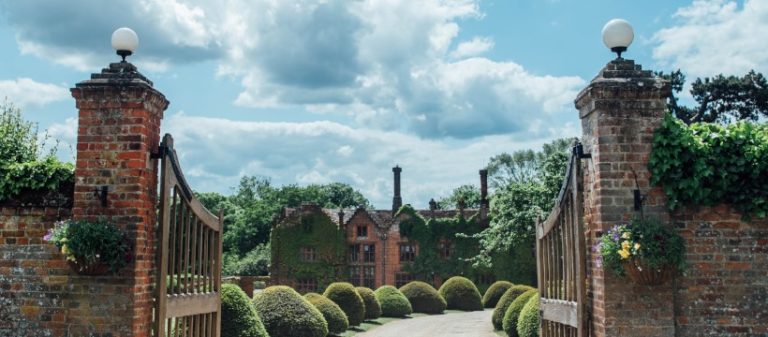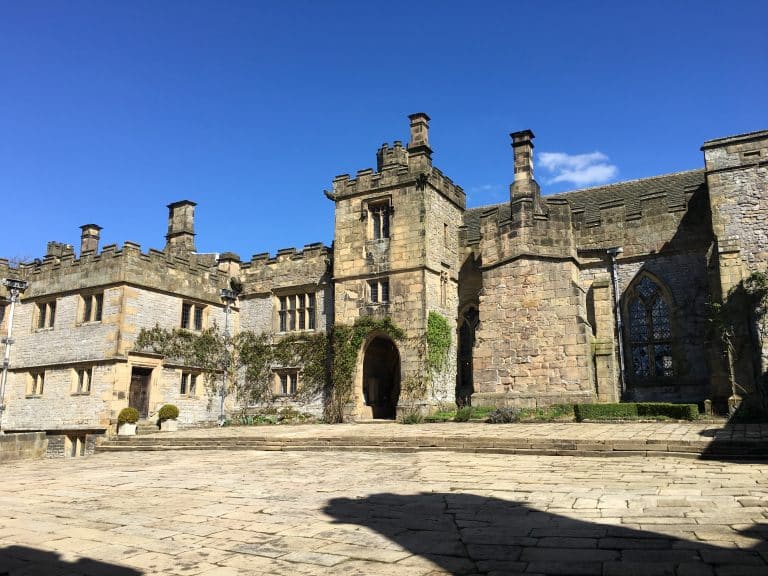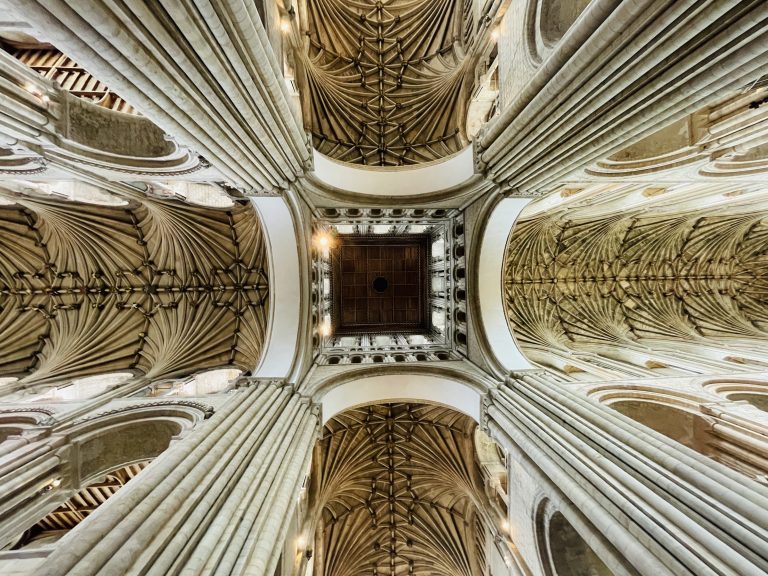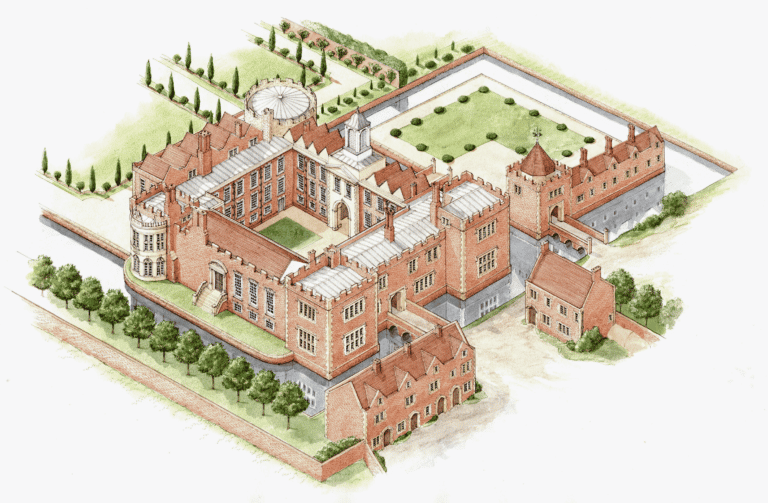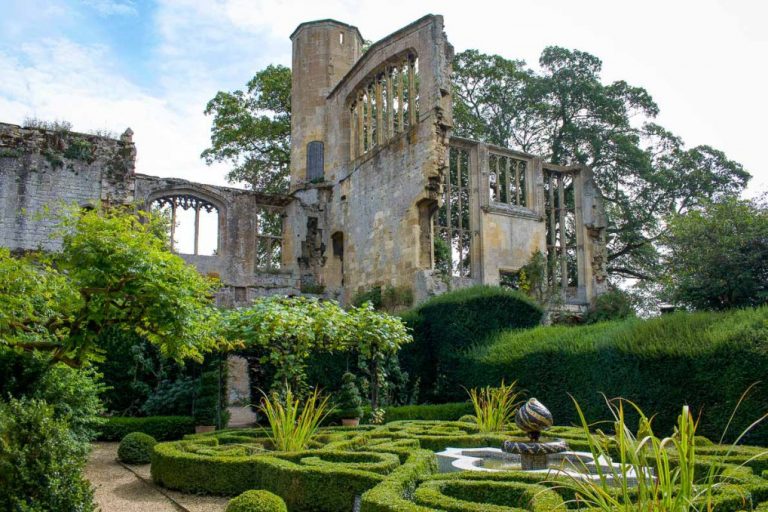The 1502 Progress: Coates / Cotes, Gloucestershire
Walston to Berkeley ij dayes from Berkeley to Beverstone twoo dayes from Beverstone to Cotes place…
The Queen’s Chamber Books
Cotes / Coates Place and the 1502 Progress:
Key Facts
– Coates is a parish about three miles west of Cirencester in Gloucestershire. During the medieval and Tudor periods, Cirencester was a thriving wool town.
– The mention of Cotes as a location on the 1502 progress is fleeting; there is a single record of payment
– There is virtually no information about the historic manor house
– Henry had visited Cirencester before, on at least one occasion. The choice of Cotes Place as a lodging for the royal party may have meant that the King could rekindle acquaintances with the wool merchants of the nearby town.
Just as with Beverston, the mention of Cotes as a location on the 1502 progress is fleeting; there is a single record of payment to Robert Alyn for preparing the Queen’s lodgings ahead of her arrival at Cotes Place. In addition, a second entry records payment to a person who ‘Guided the Queen’s Grace from Cotes Place to Fayreford’.
Cotes (modern-day spelling ‘Coates’) is another tricky location, as little attention has been given to describing its history. Even the Victoria County History, the usual stalwart for charting the in-depth history of any English parish, town, or city, is silent, and the team there is still researching and documenting the village’s past. Despite this, private correspondence with one of the historians currently doing this work has shed some light on the likely location of the visit.
However, before we come to that, it might be useful to put the location of this visit in context.
Another Opportunity for Smoozing?
Coates is a parish about three miles west of Cirencester in Gloucestershire. During the medieval and Tudor periods, Cirencester was a thriving wool town. At its centre was an influential order of Augustinian Canons, founded by King Henry I and his immediate circle in 1117. The abbey was dedicated to St Mary, and as the Victoria County History tells us: ‘Based on values given in the Valor Ecclesiasticus of 1535, it was the richest Augustinian house in the country, and its wealth derived to an exceptional degree from its initial [royal] endowment.’
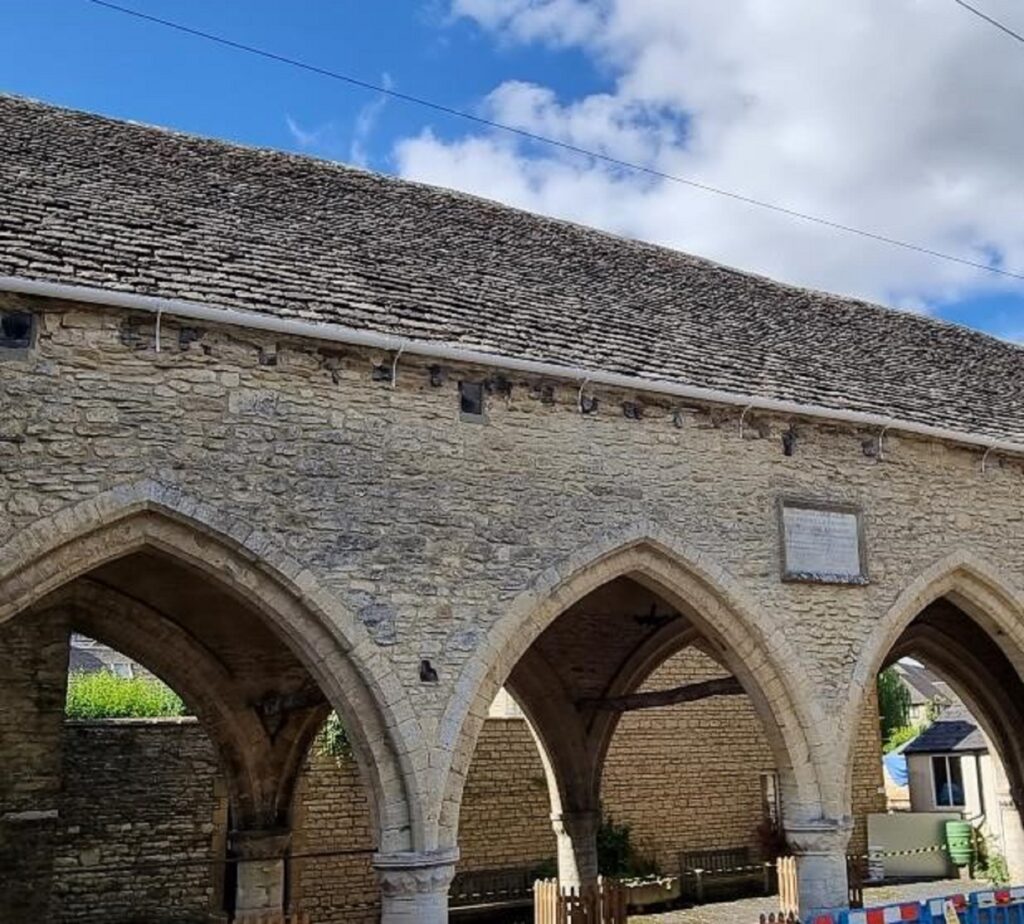
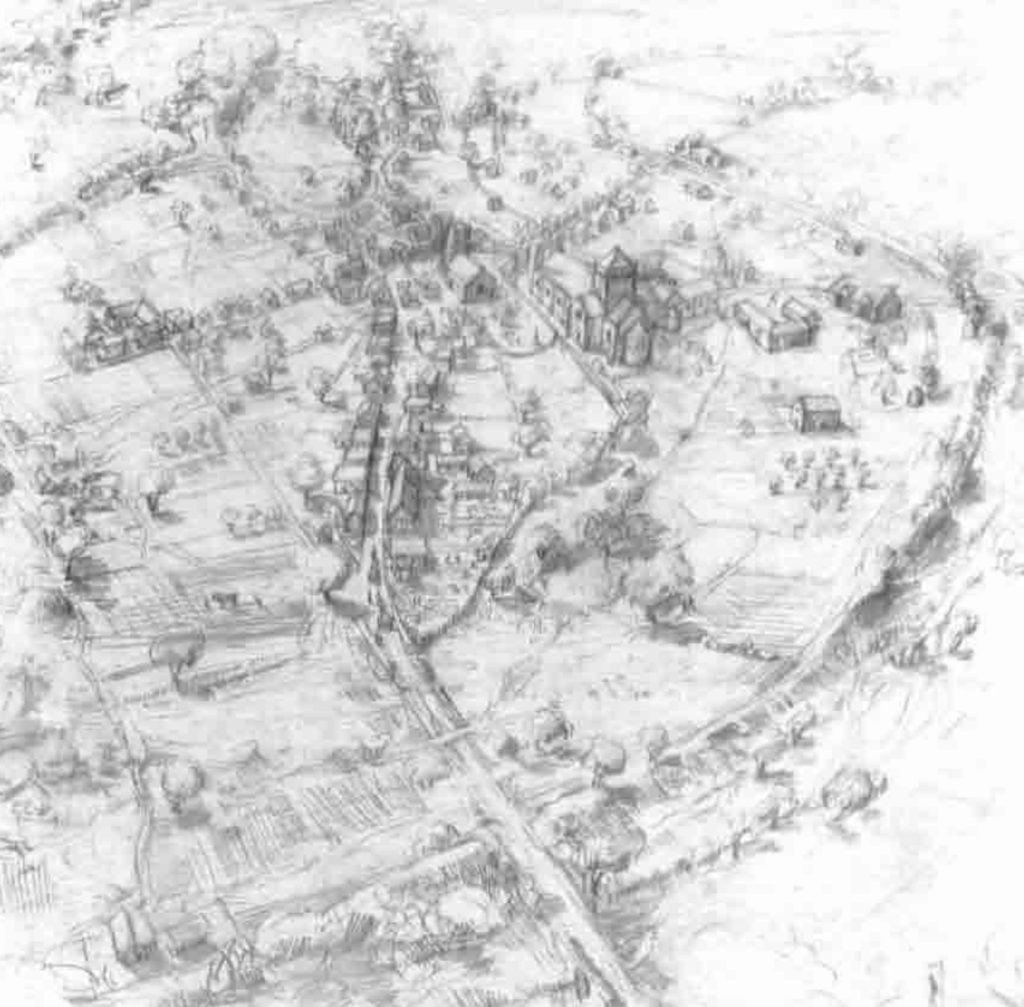
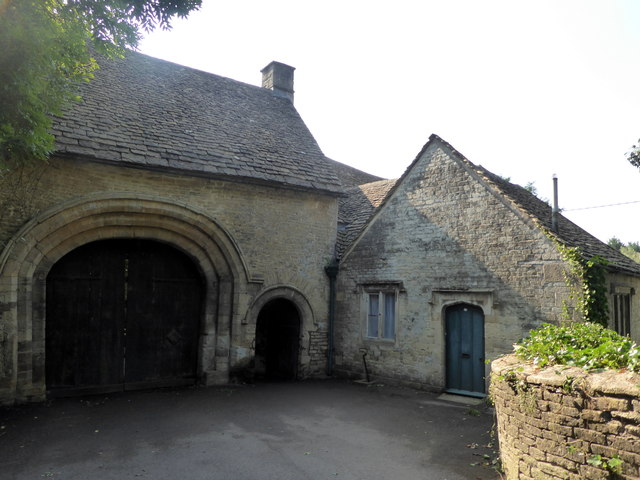
Thus, during the medieval period, the abbey held great sway over the town, much to the chagrin of its wealthy wool merchants. They resented paying money to the abbot in rent and taxes, and records show regular strife between the two.
Adjacent to the original site of the abbey (which is sadly now lost and buried mainly beneath a public park) is the impressive parish church of St John the Baptist. Its grandeur is a testament to Cirencester’s wealthy wool merchants, whose patronage left behind a building that speaks of the town’s heritage as part of the region’s booming wool trade. Inside are tombs and brasses commemorating some of the town’s wool merchants, while the nave ceiling is adorned with their crests.
Other signs of the town’s affluence are imprinted in the church’s fabric. Outside, the impressive and elaborate late fifteenth-century porch was built from the profits of the wool trade around 1480. Inside the church, St Catherine’s Chapel, which is to the north of the high altar, is spanned by vaulting reminiscent of Westminster Abbey’s early Tudor Lady Chapel. This ceiling was given to the church by Abbot John Hakebourne in 1508 when major reconstruction took place; again, this was funded by the wool trade.
Interestingly, one particular feature of this latter ceiling speaks of the town’s close connections with the Tudor Crown. Visitors will see Henry VII’s coat of arms placed centrally above the chapel’s altar. As discussed in the Northleach entry, Henry maintained close connections with the wool merchants of the Cotswolds. Fiscally, it was a wise move as their wealth often bank-rolled a Crown needing financial support.
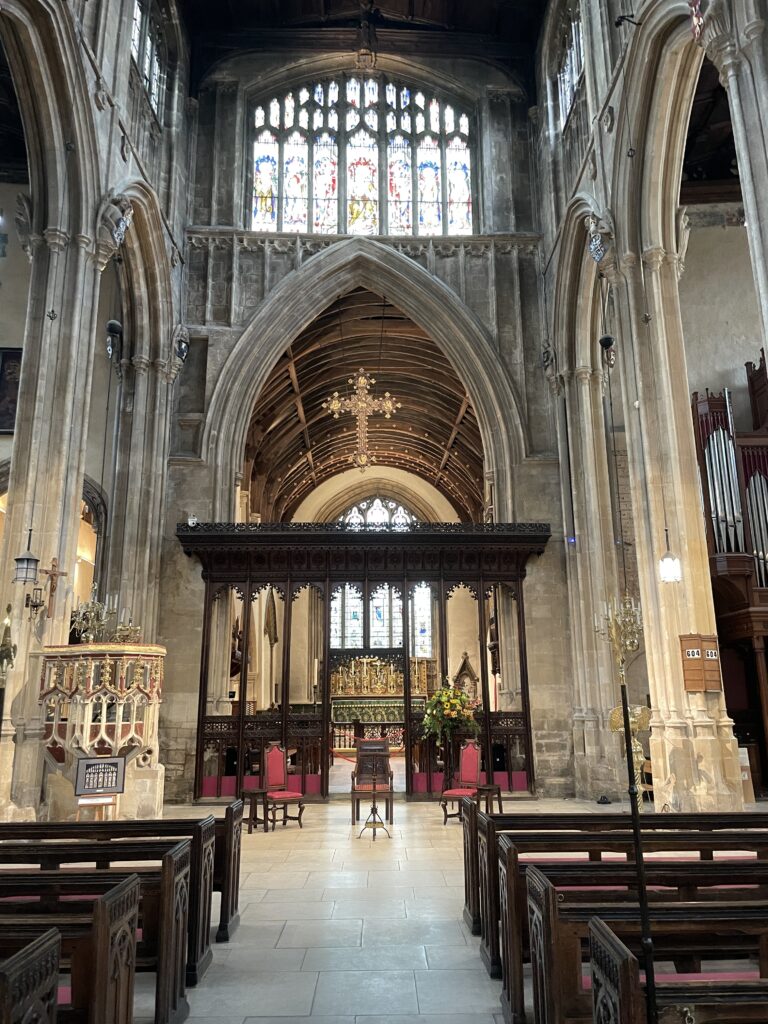
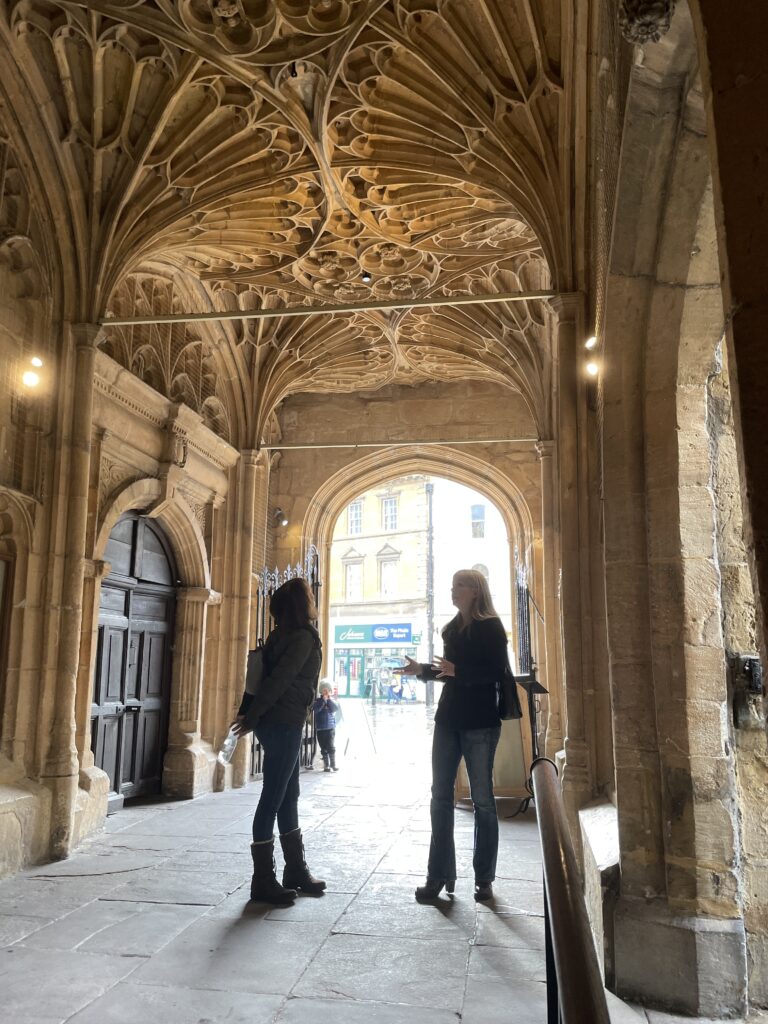
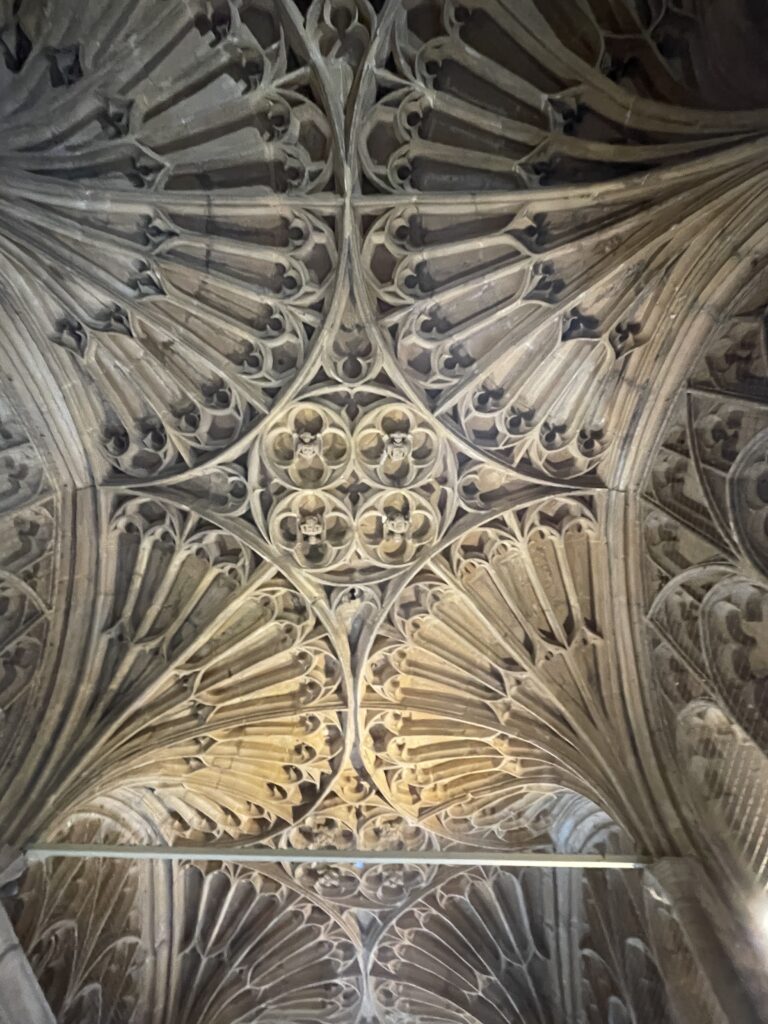
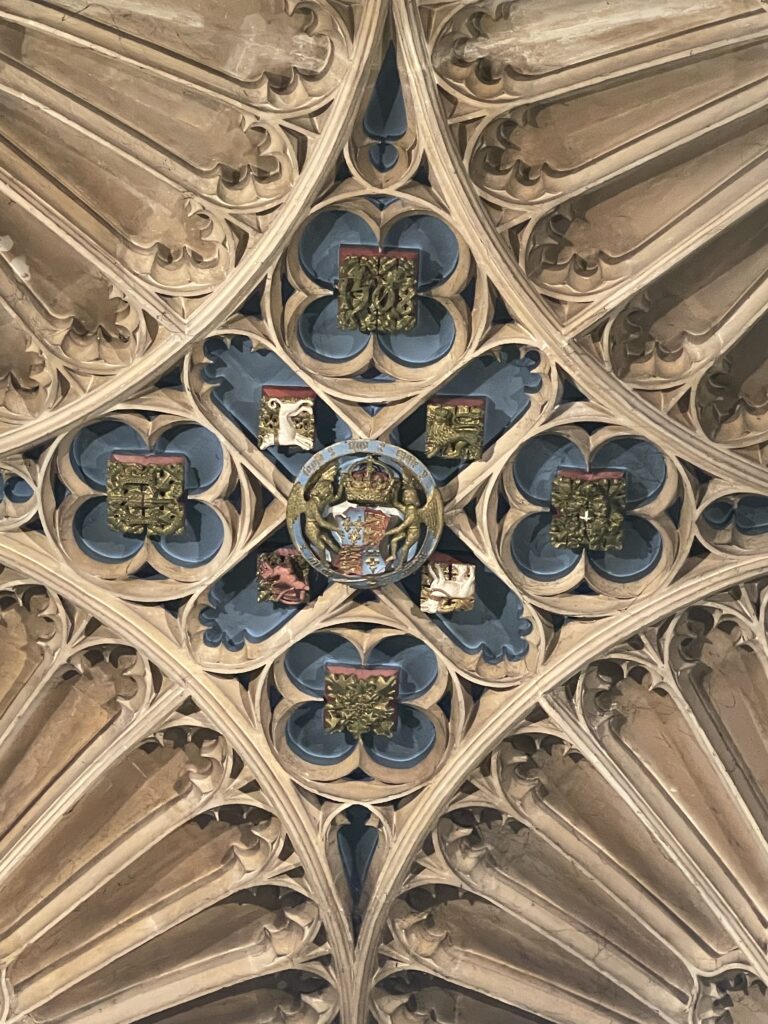
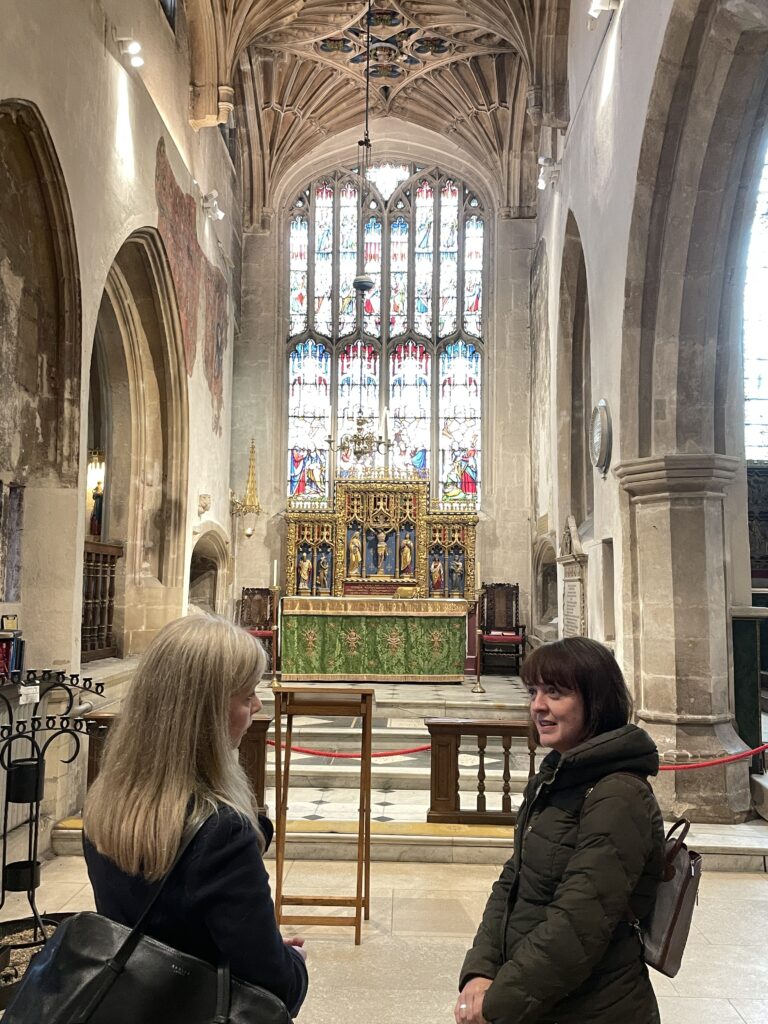
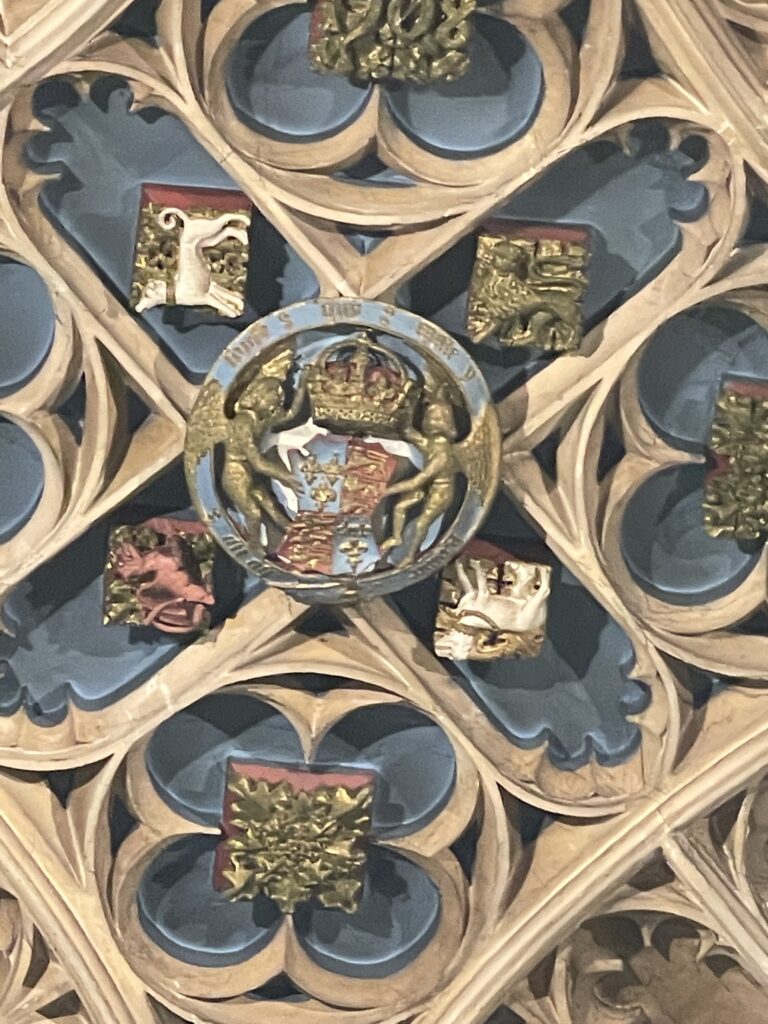
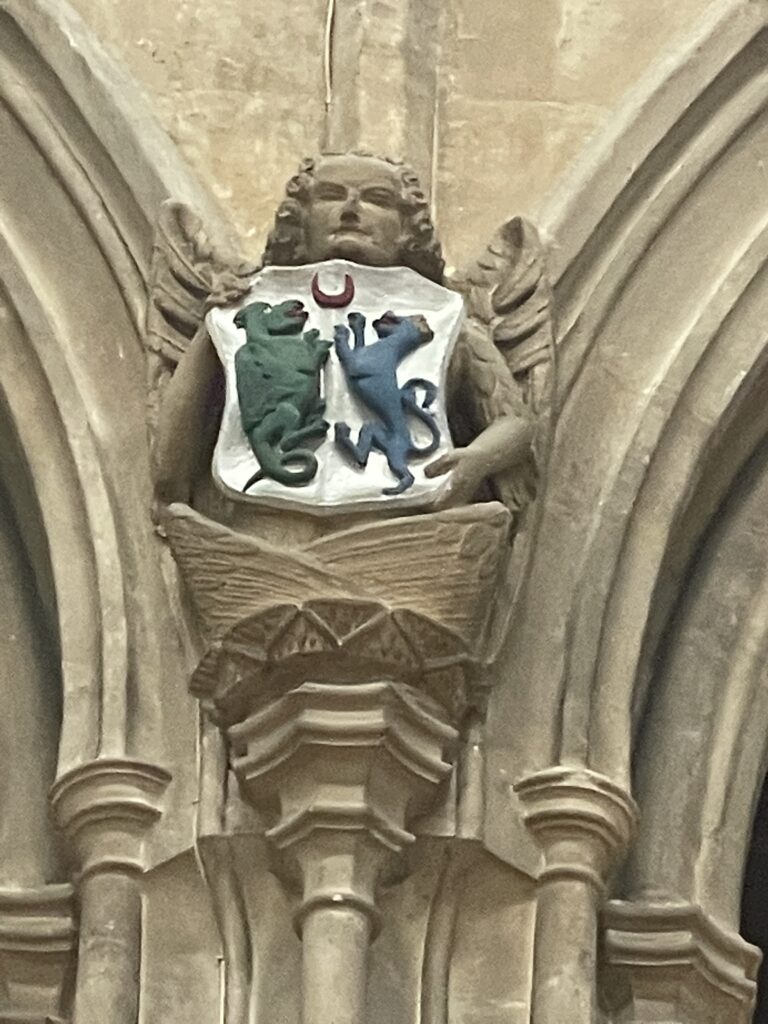
From Lisa Ford’s thesis, which includes details of the King’s movements throughout his reign, we know that Henry had visited Cirencester before, on at least one occasion, in 1496. Just perhaps the choice of Cotes Place as a lodging for the royal party meant that the King could rekindle acquaintances with the wool merchants of the nearby town. It certainly would have been easy for such gentlemen to travel the short distance to dine with the royal couple at Cotes. Alternatively, by looking at the map of the progress (see above), we can see from the direction of onward travel that Henry and Elizabeth may well have passed through the centre of the town en route to Fairford, perhaps allowing some kind of civic reception for the King and Queen.
The History of Coates and its Manor House
Cotes/Coates was first recorded in the Domesday book (complied between 1085-6), when ‘the parish was divided between six small manors, three of which were called Oakley and later Coates’. Eventually, by the mid-late fifteenth century, these three manors were purchased and consolidated into one by Sir William Nottingham, almost certainly THE Sir William, who acted as the Attorney General of England during the reign of Henry VI from 1452 to 1461.
According to the local parish website, the original name for the village, ‘Cotes’, is ‘derived from the sheep pens that littered the area, again reflecting the importance of the region’s wool trade. Geographically, the village is situated close to the source of the Thames and not far from the Fosse Way, an ancient Roman Road that still exists today and which was almost certainly used by Elizabeth and Henry to travel from Beverston towards this next location.
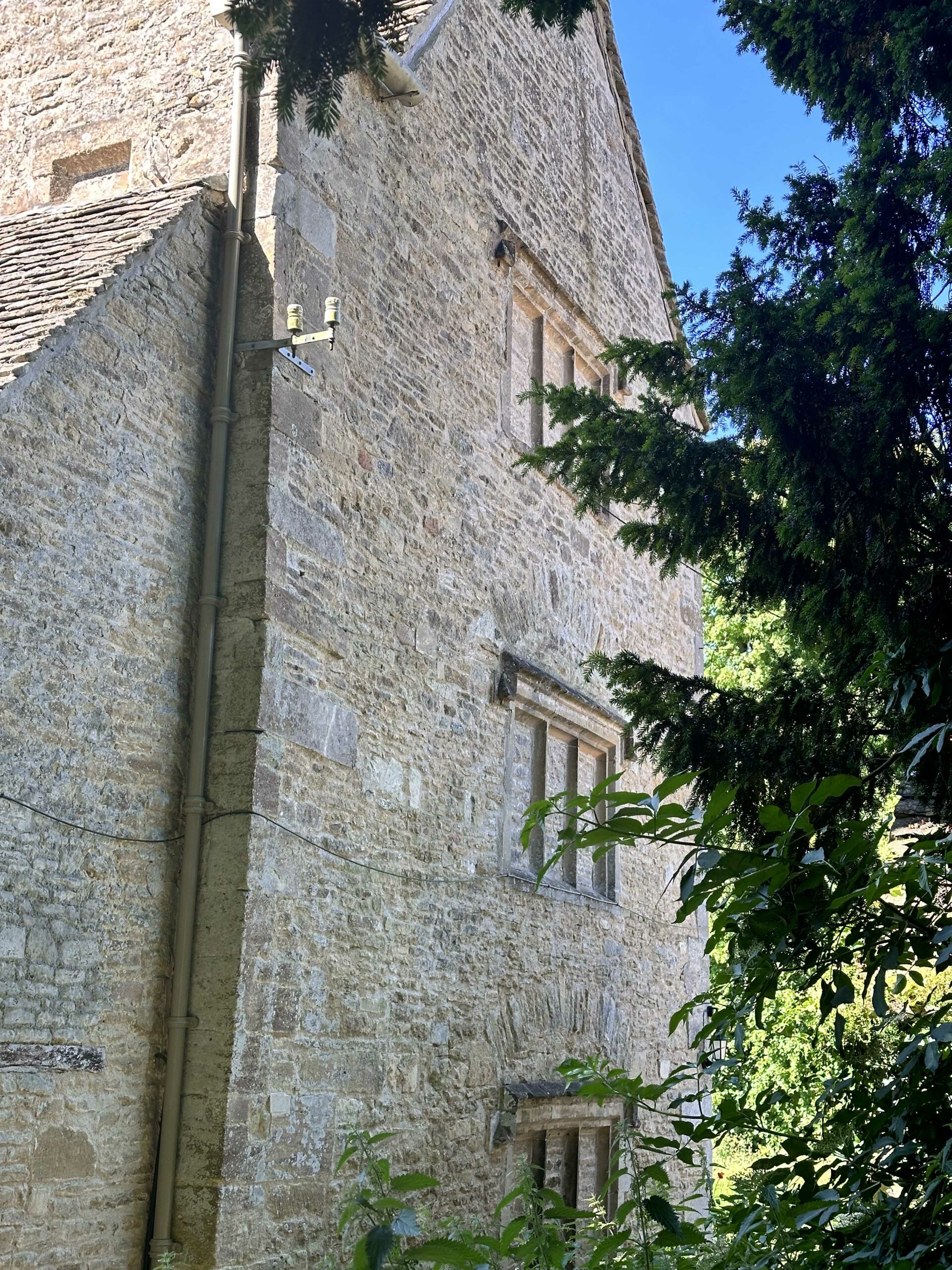
image: Author’s Own
Even today, Coates is a small village with a population of around 500. So, as the couple approached their destination on the 4th or 5th of September, it is easy to imagine their arrival in a sleepy hamlet comprised of a smattering of timber-framed dwellings located a short distance north of the Fosse Way.
But what about Cotes Place, the manor house that would accommodate Elizabeth and Henry during their (likely) brief stay? In my private correspondence with Alex Craven, Contributing Editor for the Victoria County History of Gloucestershire, he says:
I can’t say categorically where Coates Place was, given the large number of manors, but I think it was almost certainly on the site of Church Farm, next to the parish church. The farmhouse is modern but stands on the site of a much older building. It was probably the building recorded in the 17th-century hearth tax with 14 hearths, by far the largest in the parish. There is another old building, with material dating from the 15th century, now called Coates House, which stands in what would have been the 2nd Coates manor, but this is probably more likely a substantial farmhouse.
So, it seems likely that we have located our target, although as is sometimes the case, we have no definitive proof to rely on, and sadly, there is virtually no information about the historic manor house. A brief listing on the Historic England website shows a photograph of the north elevation of the current house with its infilled mullion windows, which is said to be the oldest fragment of any building surviving in the village. To add a bit of mystery to the story of the house, local folklore tells us that a tunnel runs from the stables on the site of the old manor house to the church – although this tunnel has never been located.
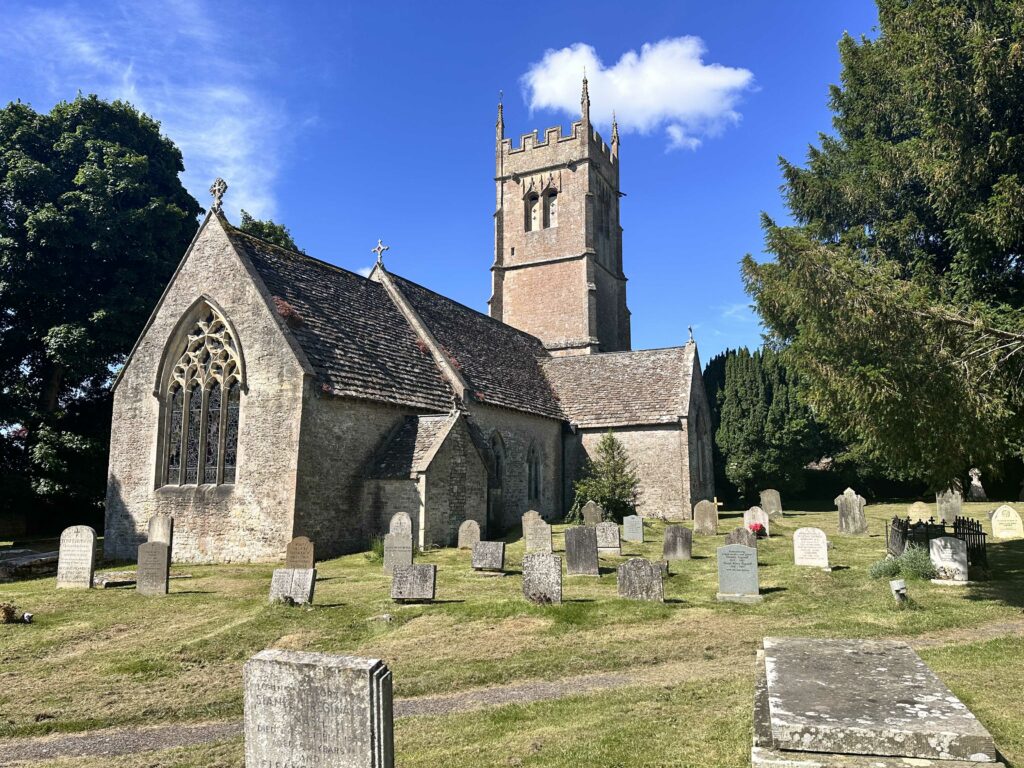
Image: Author’s Own
There is one other piece of evidence we might consider when reflecting on the likely location of this brief visit, and that evidence lies in the ownership of the manor at the time of the royal visit.
Introducing the Pooles of Coates
I have already mentioned Sir William Nottingham’s consolidation of three local manors into one. Sir William was from a Cirencester family of clothiers. He left his extensive estate to trustees for various charitable uses, including setting up a well-endowed chapel in Cirencester parish church. It turns out that his wife, Elizabeth Goldwell, remarried after her husband’s death (date unknown). When she did so, her new husband was Sir Richard Poole. Elizabeth would be his third and final wife.
Richard Poole was born circa 1458. Having been married twice before, he brought an existing brood of four or five children to the marriage. It is unclear when Richard and Elizabeth were wed, but one date I have come across for the latter’s death is 1483. So, naturally, it must have been before this time.
After Sir Richard’s marriage, he purchased Coates and Sapperton from the trustees. Clearly, he was a man of some wealth and standing in the local community. In fact, Poole went on to serve as the Sheriff of Gloucestershire between 1490-91 and 1497-8. If you are wondering precisely what the role of a sheriff encompassed, then wonder no more! A sheriff was originally the agent of Royal jurisdiction, presiding over the local courts, with powers of summons and distraint. He was responsible for detaining prisoners and collecting fines and taxes. Finally, he also executed Royal writs, such as those to repair the local castle or provision an army, when required.
Sir Richard Poole’s will survives and gives an idea of the extent of his wealth, although sadly, no inventory of Cotes Place is included that might shed light on the extent of the manor house or its luxurious furnishings. However, we know that the manor was substantial. It lay a convenient 11 miles northeast of Beverston Castle, just off the Fosse Way, close to the important wool town of Cirencester and en route to Fairford, which was a days’ ride directly east of Coates. All this, taken alongside Sir Richard’s good standing and local influence, means Cotes makes an eminently sensible choice for the royal itinerary.
Sir Richard died on 17 October 1517, aged around 56-57. Interestingly, one of Sir Richard’s ancestors, his grandson, Sir Giles, continued his grandfather’s service to the Crown; there is a record of him attending the reception of Anne of Cleves as the King’s ‘beloved servant’.
Onwards to Fairford…
From Coates, there was just one final location on the 1502 progress before Elizabeth and Henry would arrive back at the King’s Manor of Langley and nearby Woodstock, from whence they had started their journey. This location was another major force in the Cotswolds wool trade and today contains a little-known Tudor treasure. Let’s head off, travelling in our imagination at Elizabeth’s side to reach the Gloucestershire market town of Fairford.
THE NEXT STOP ON YOUR PROGRESS IS FAIRFORD…click here to continue.
Sources:
The History of St Matthew’s Church, Coates, online article by Thameshead Churches
Coates: The Source of the Thames – History.
High Sheriff of Gloucestershire on Wikipedia.
Richard Poole, of Coates on Geni.
Richard Pole / Poole on www.thepeerage.com.
The Visitation of the County of Gloucester: Taken in the Year 1623.
Cirencester Abbey, The Victoria County History of Gloucestershire (Draft Document).
POOLE, Sir Giles (by 1517-89), of Sapperton, Glos.Published in The History of Parliament: the House of Commons 1509-1558, ed. S.T. Bindoff, 1982
Places to Visit Nearby
Church of St John the Baptist, Cirencester (3 miles): The Cotswolds is home to some incredible historic churches. An area made rich by its wool trade in medieval times, wool merchants often funded the construction and renovation of churches, which became known as “wool churches.” In this podcast episode, I tour St. John the Baptist in Cirencester and St Mary’s Church in Fairford, two of the most prominent of these wool churches.
Beverston Castle (11 Miles – outside view only). Once owned by a minor branch of the Berkeley family and the site of a fleeting visit by Henry VII and Elizabeth of York on the 1502 progress. Now, in private hands.
Fairford (13 Miles): Another location on the 1502 progress. Once the site of a large manor house owned by the Tame family, one of the most wealthy wool merchant families in the Cotswolds. Only the parish church survives, which contains an extensive and astonishingly rare set of early Tudor stained glass windows.

